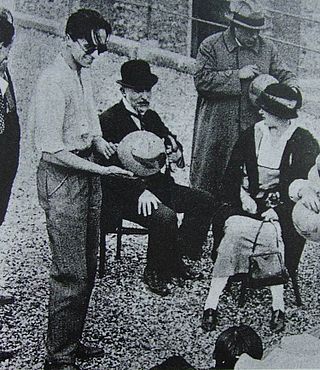
René Clair, born René-Lucien Chomette, was a French filmmaker and writer. He first established his reputation in the 1920s as a director of silent films in which comedy was often mingled with fantasy. He went on to make some of the most innovative early sound films in France, before going abroad to work in the UK and USA for more than a decade. Returning to France after World War II, he continued to make films that were characterised by their elegance and wit, often presenting a nostalgic view of French life in earlier years. He was elected to the Académie Française in 1960. Clair's best known films include Un chapeau de paille d'Italie, Sous les toits de Paris, Le Million (1931), À nous la liberté (1931), I Married a Witch (1942), and And Then There Were None (1945).
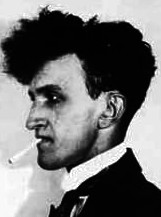
Jean Epstein was a French filmmaker, film theorist, literary critic, and novelist. Although he is remembered today primarily for his adaptation of Edgar Allan Poe's The Fall of the House of Usher, he directed three dozen films and was an influential critic of literature and film from the early 1920s through the late 1940s. He is often associated with French Impressionist Cinema and the concept of photogénie.

Ivan Ilyich Mozzhukhin, usually billed using the French transliteration Ivan Mosjoukine, was a Russian silent film actor.

Marcel L'Herbier was a French filmmaker who achieved prominence as an avant-garde theorist and imaginative practitioner with a series of silent films in the 1920s. His career as a director continued until the 1950s and he made more than 40 feature films in total. During the 1950s and 1960s, he worked on cultural programmes for French television. He also fulfilled many administrative roles in the French film industry, and he was the founder and the first President of the French film school Institut des hautes études cinématographiques (IDHEC).
Marcel Robert Péguy, publicly known as Robert Péguy and occasionally credited as Marcel Robert, was a French film director best remembered for his output spanning various commercial genres during the 1920s and 1930s.
Philippe Grandrieux is a French film director and screenwriter. He studied film at the INSAS in Belgium. In 1976, he exhibited his first video work at Galerie Albert Baronian, Bruxelles.

Feu Mathias Pascal is a 1925 French silent film written and directed by Marcel L'Herbier. It was the first film adaptation of Luigi Pirandello's novel Il fu Mattia Pascal.
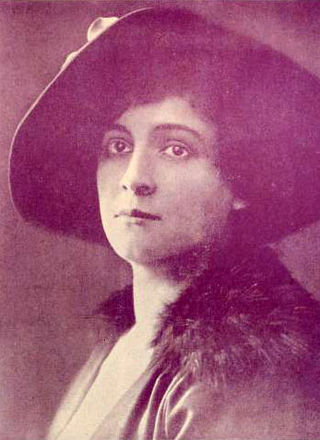
Natalya Andrianovna Lisenko, also known as Nathalie Lissenko, was a Russian actress who was active during the silent era.
Fédote Bourgasoff was a Russian Empire-born French cinematographer.
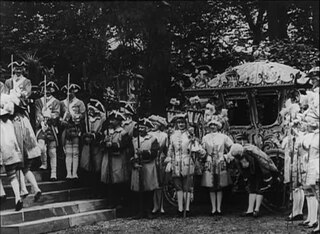
Cinderella or the Glass Slipper is a 1913 French silent film directed by Georges Méliès, based on the fairy tale by Charles Perrault.
Films Albatros was a French film production company established in 1922. It was formed by a group of White Russian exiles who had been forced to flee following the 1917 Russian Revolution and subsequent Russian Civil War. Initially, the firm's personnel consisted mainly of Russian exiles, but over time, French actors and directors were employed by the company. Its operations continued until the late 1930s.

La Maison du mystère is a French silent serial film directed by Alexandre Volkoff for the Albatros film company. It was made during 1921 and 1922 and was first shown in 1923. It was co-written by and starred Ivan Mosjoukine.

Casanova is a 1934 French historical comedy drama film directed by René Barberis and starring Ivan Mozzhukhin, Jeanne Boitel and Madeleine Ozeray. The film's sets and costumes were designed by the art director Boris Bilinsky. It is loosely inspired by the life of Giacomo Casanova.

Le Double Amour(Double Love) is a 1925 French melodrama film directed by Jean Epstein and produced by the Films Albatros production company.
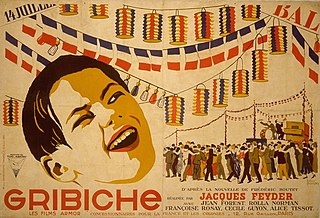
Gribiche is a 1926 French silent film directed by Jacques Feyder based on the eponymous short story by writer Frédéric Boutet.

The Orderly is a 1933 French drama film directed by Victor Tourjansky and starring Marcelle Chantal, Jean Worms and Fernandel. It is based on Guy de Maupassant's story L'ordonnance. Tourjanski had already filmed the same story in 1921. It was shot at the Joinville Studios of Pathé-Natan in Paris. The film's sets were designed by the art director Serge Piménoff. It was voted amongst the most popular films of the year by readers of the Pour Vous magazine.
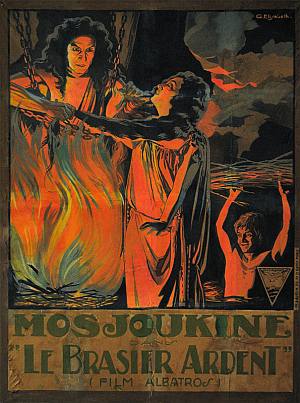
Le Brasier ardent is a 1923 French film directed by Ivan Mosjoukine. It combines elements of comedy, mystery, romance and psychological drama. The title has been variously translated into English as The Blazing Inferno, The Burning Crucible, The Burning Brazier, The Burning Cauldron, and Burning Embers.

Sergeant X is a 1932 French drama film directed by Vladimir Strizhevsky and starring Ivan Mozzhukhin, Suzy Vernon and Jean Angelo.
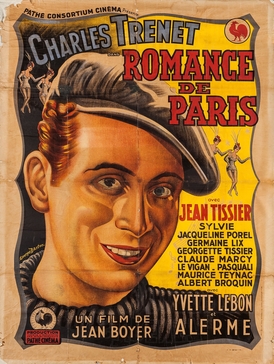
Romance of Paris is a 1941 French musical film directed by Jean Boyer and starring Charles Trenet, Jean Tissier and Yvette Lebon. The film was shot at the Francoeur Studios in Paris. It was produced and distributed by Pathé.
















